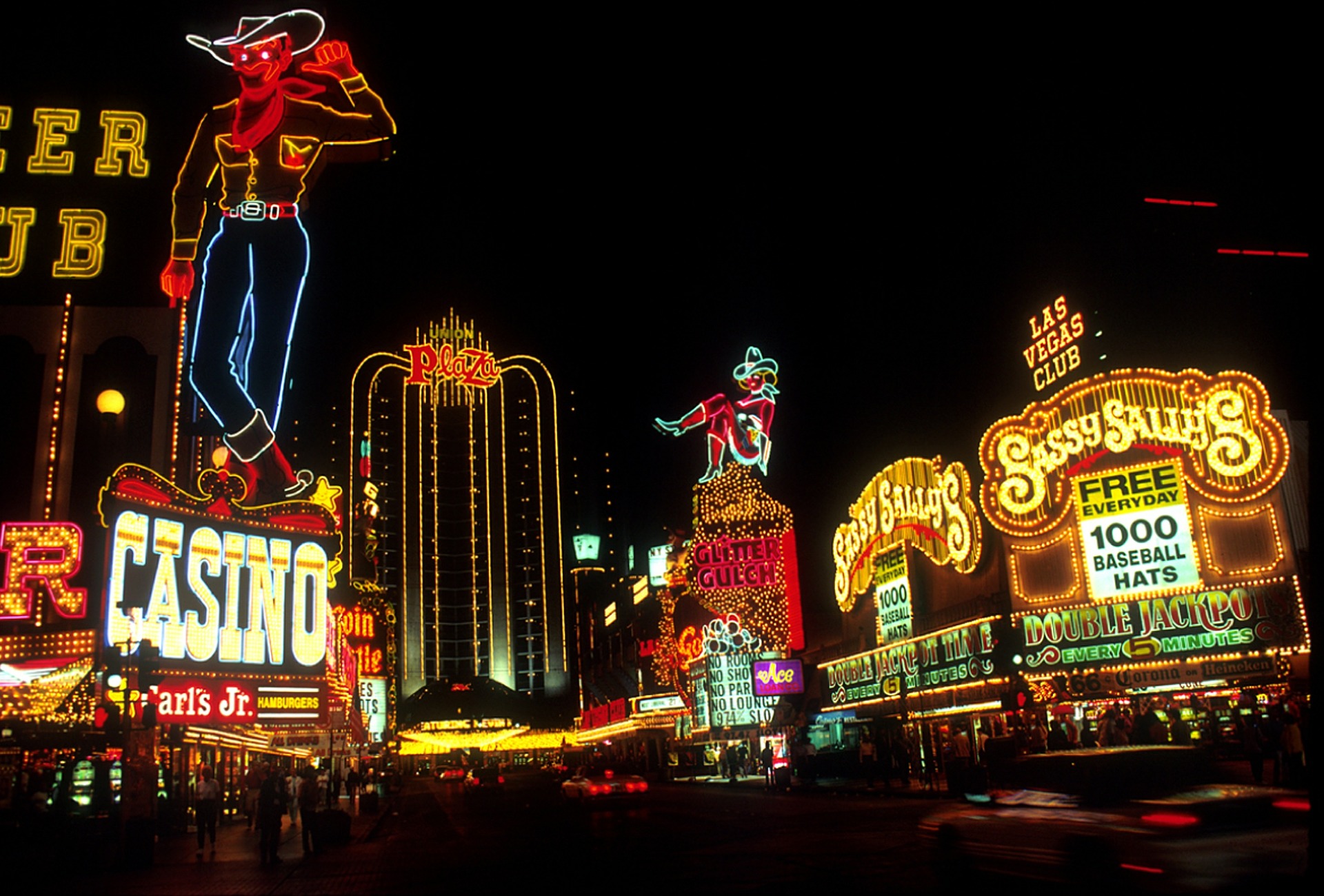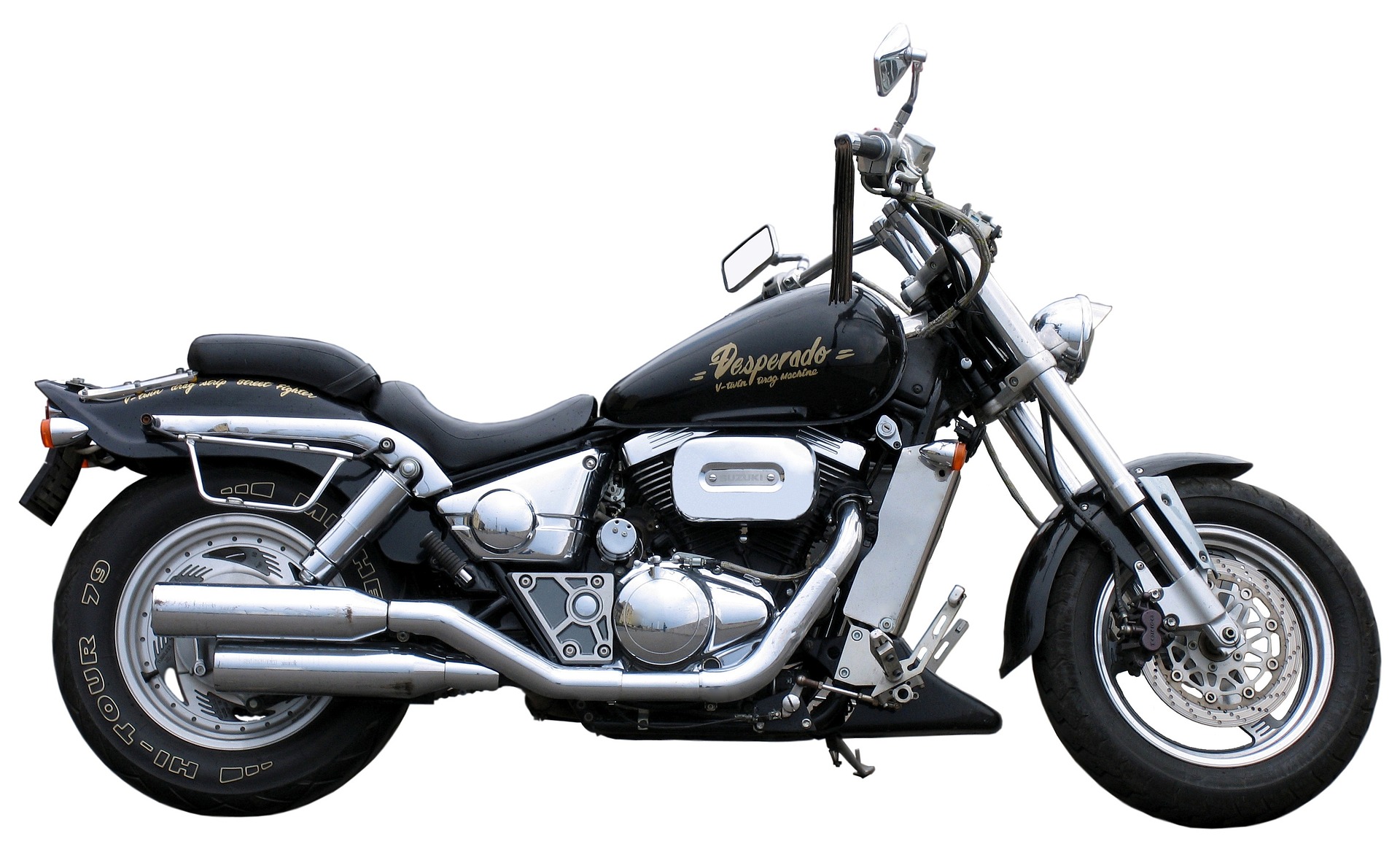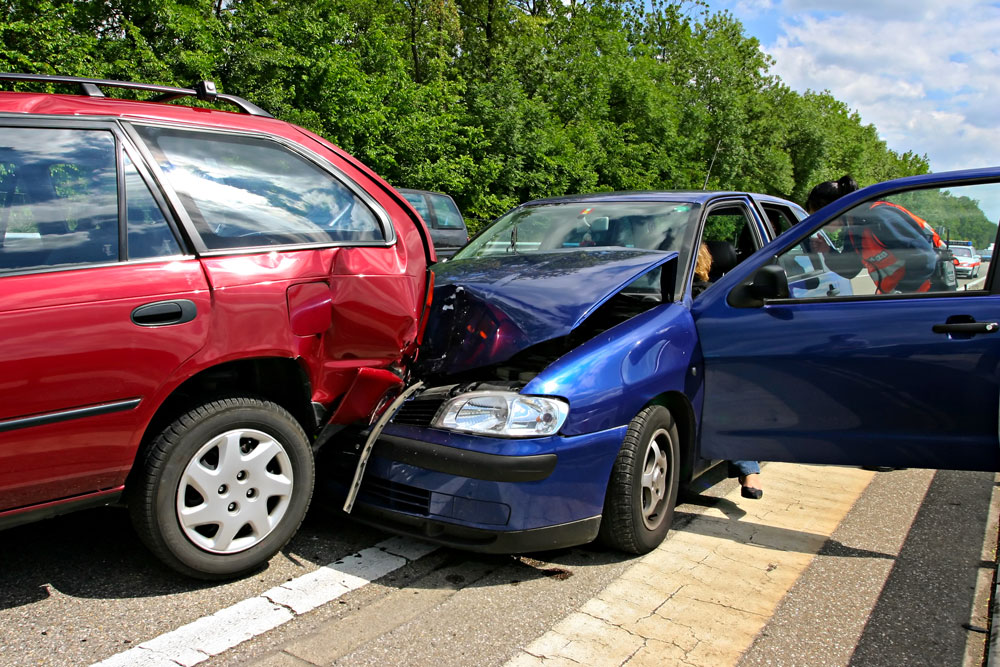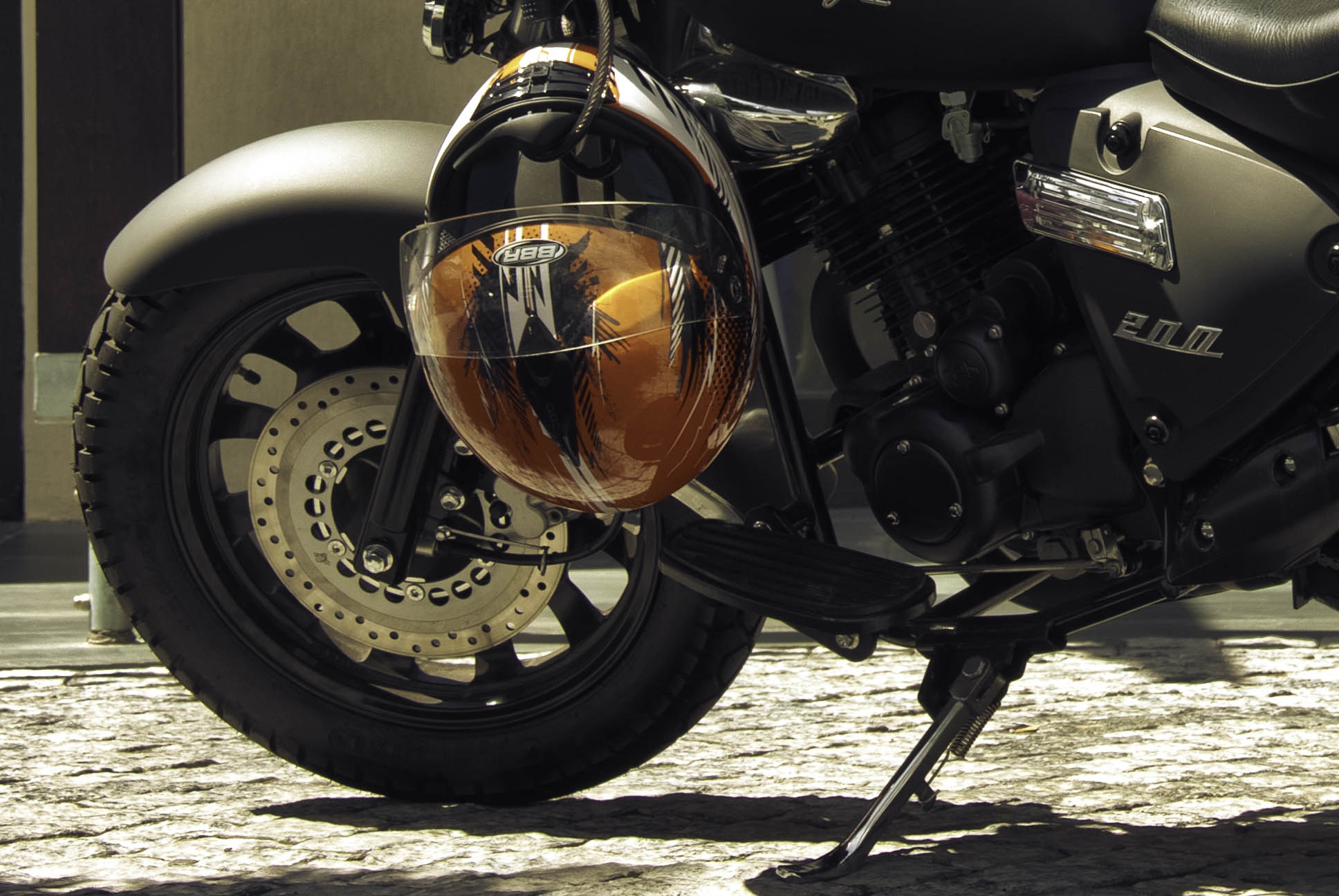You walk outside and the hot Florida sun beams down and into your face and you open the door to your car and you melt into the liquid brown leather skin of the leather driver’s seat of your half-rocket ride. Your sitting in a fire-engine red Ferrari 458 Italia Speciale and now the only question is where you’re going to point this monster? And while you may not yet have the answer to that question, one thing you know is that with a 570-horsepower, seven-speed V8 engine under the hood, it isn’t going to take you long to get there.
If you are in Miami, FL, there are hundreds of possible places where you can drive a high-performance machine, but we wanted to give you five go-to’s to either show off your ride or just open up the motor and let the engine roar.
1. The Florida Keys Overseas Highway

There are over two million people that reside in Miami, and it’s home to some of the most diverse cultures in the United States. While some people might visit Miami for the inland attractions, most people flock to Miami to enjoy some of the most beautiful beaches on the planet. The Florida Keys Overseas Highway is 112 mile stretch of road that connects Miami to the Florida Keys. It’s the type of highway where you can set the cruise control, let the top down, and just soak up some sun on your way to some of Florida’s unique island offerings.
2. Ocean Drive in Miami, FL

Some areas of Miami are iconic and really represent what Miami beach is known for. Ocean Drive is a 1.3-mile strip that runs down the coast of South Beach Miami, and it is surrounded by a dense population of famous restaurants, art museums, hotels, and nightclubs. These hot spots include places like the Clevelander Hotel, which offers live entertainment, dancing, and some excellent Miami sports bars. Additionally, Ocean Drive boasts a few of Miami’s most celebrated restaurants, including Prime 112 and Salsa Mia.
So, whether you want to lounge by the beach or just put your car on display, Ocean Drive will certainly be everything you’re looking for and more.
3. Miami’s Magic City Casino
Maybe you’re looking for a night of gambling, drinks, and entertainment. If so, put your ride in fifth gear, and cruise out to Miami’s hottest casino. The Magic City Casino allows guests to gamble in a Las Vegas-style environment with fine dining, live entertainment, and most importantly a full bar.
4. The Rockwell Miami
LeBron James, Rick Ross, and 50 Cent are just a few of the stars that have shown up at the Rockwell Miami. Rockwell is one of the hottest nightclubs in the city. If you taking a late-night ride and just want to cut loose, roll up to the Rockwell and enjoy a full liquor bar, a massive dancing and lounge area, and live performances from some of the biggest musicians in the U.S.
5. Homestead Miami Speedway
Normally, when someone is driving a high-performance vehicle, they become addicted to speed, but they become allergic speeding tickets. Don’t worry. Whether you own your own high-performance automobile or have a car club membership in Miami, the Homestead Miami Speedway is the place to tear up the blacktop and push your car to the max.
The Homestead Miami Speedway is the 1.5-mile track with 11 turns that allows you to go as fast as your car can move without the risk of being stopped by the police. Besides offering track rentals and holding NASCAR events, the homestead speedway holds a drag racing event called “Fast Lane Friday,” which is open to the public and allows drivers to unleash the beast on the asphalt two Fridays a month in one Miami’s hottest auto attractions.
Read Also :

























